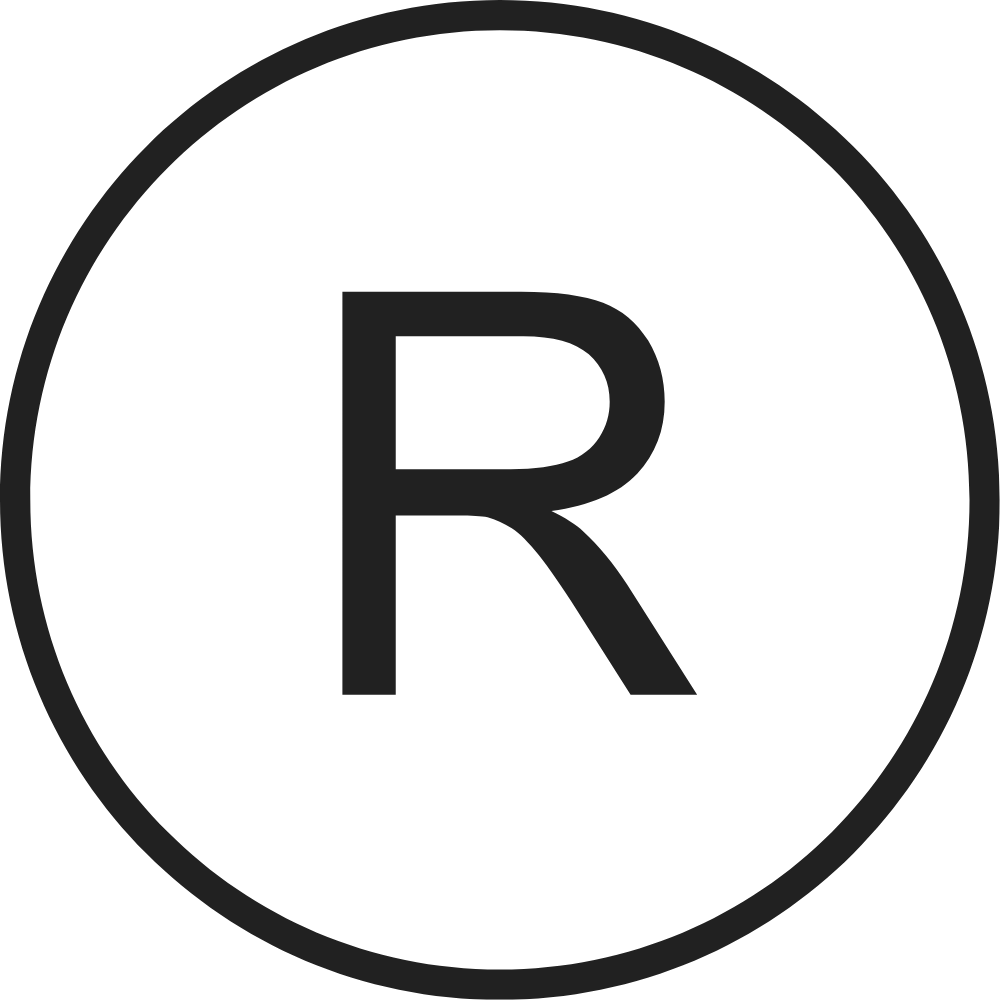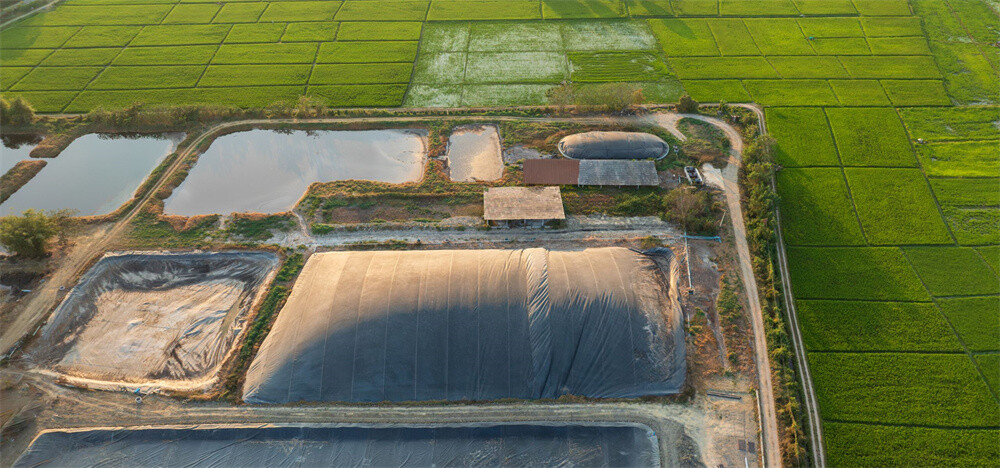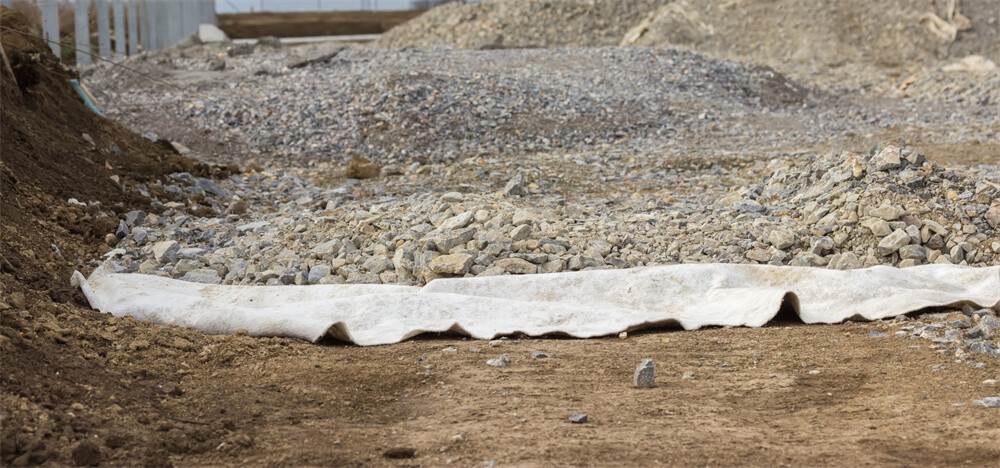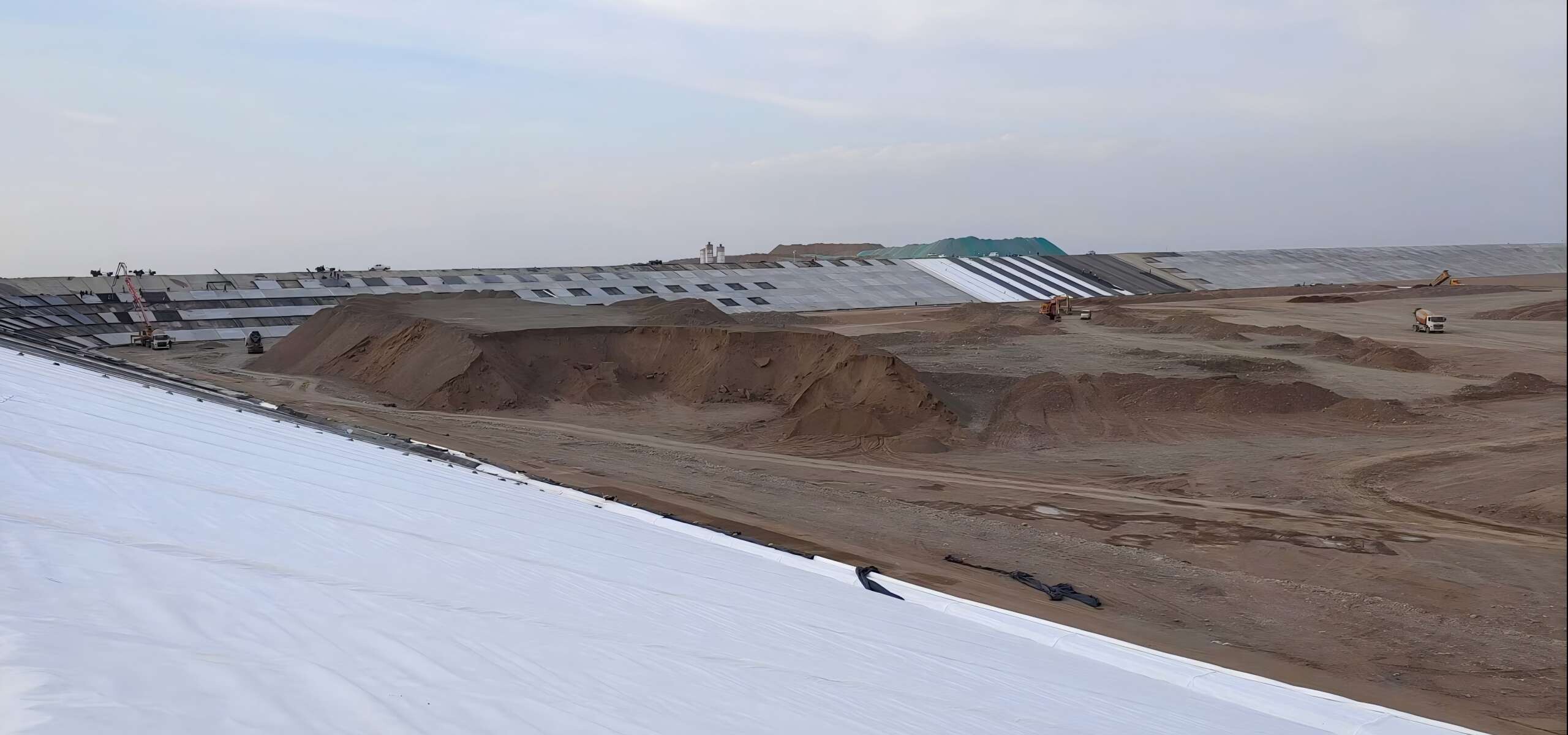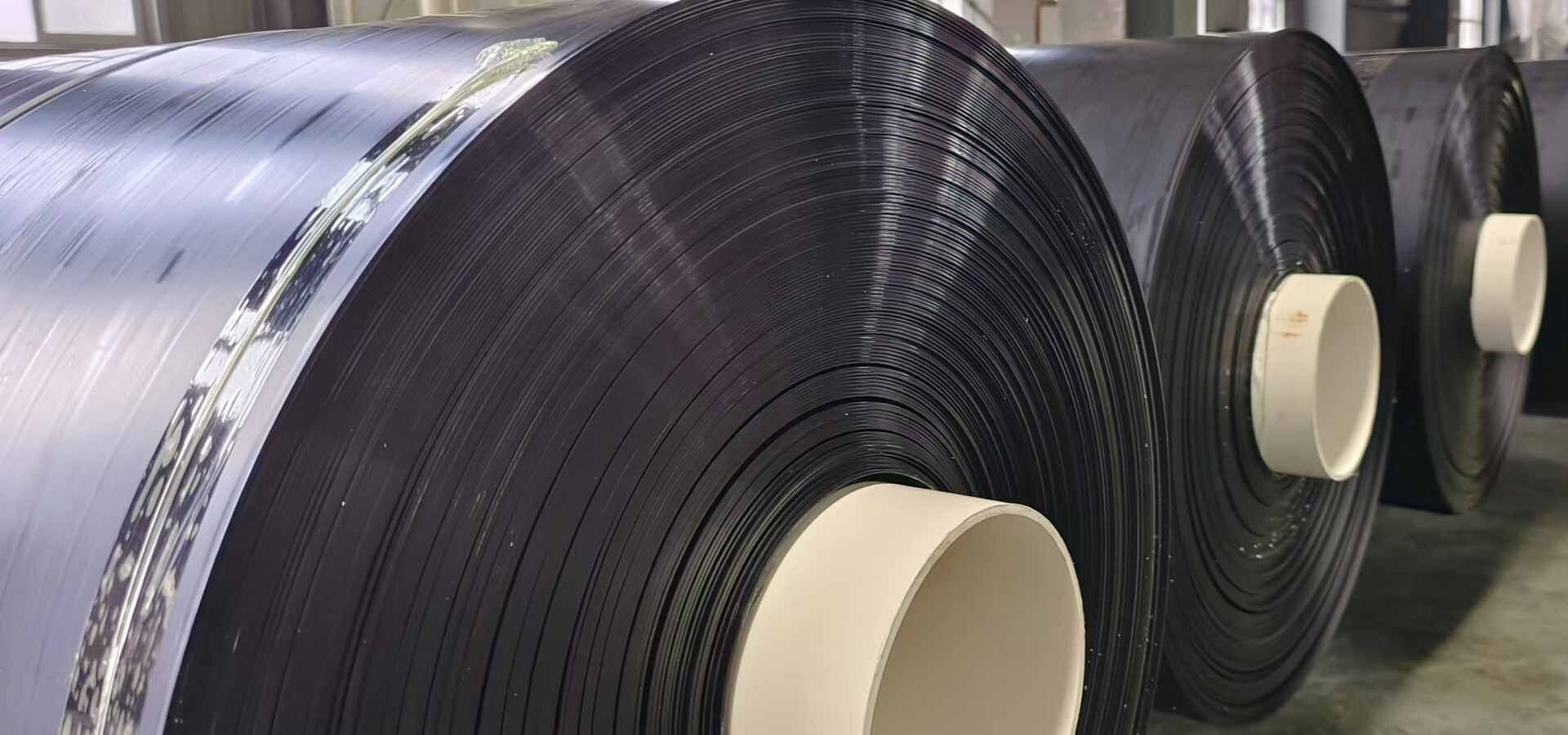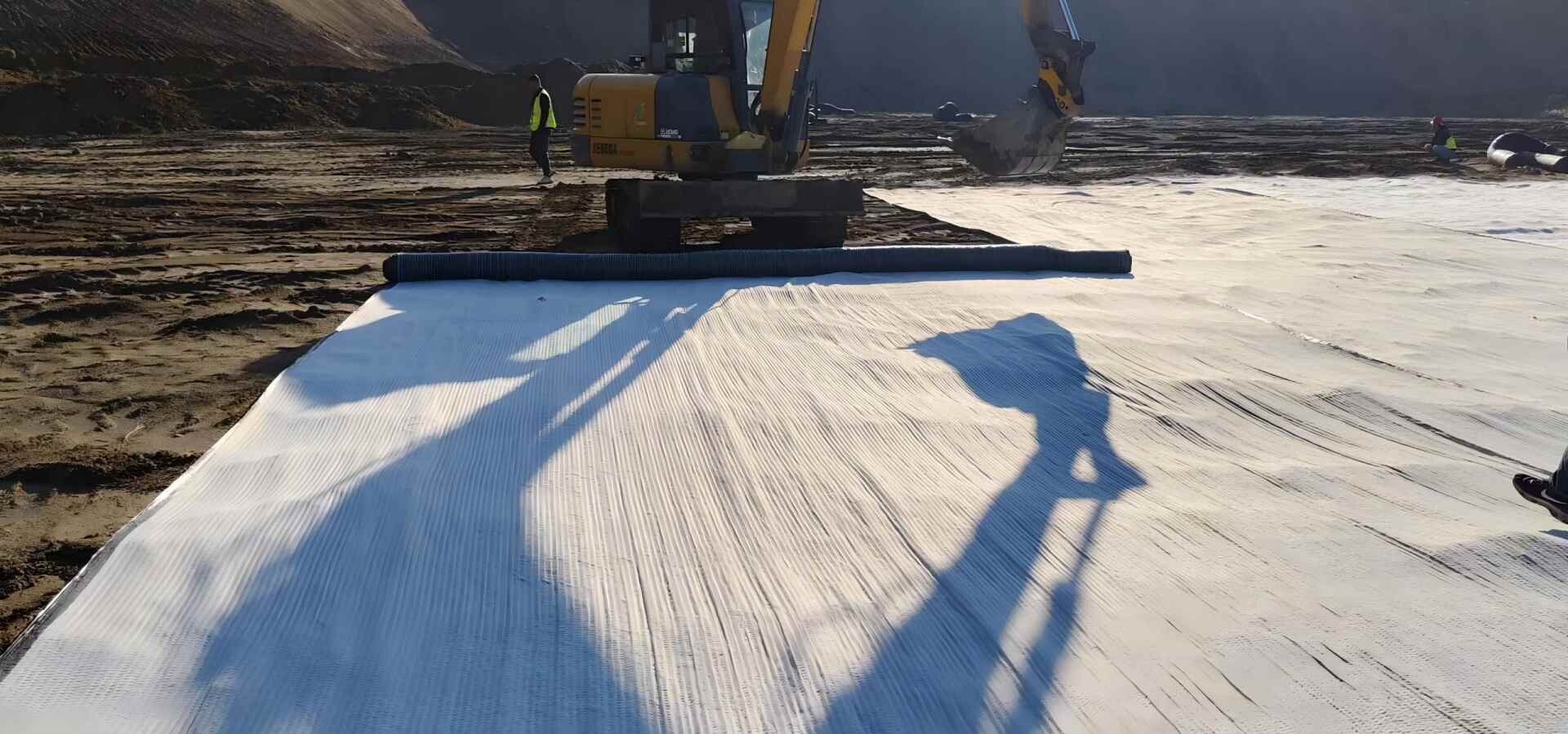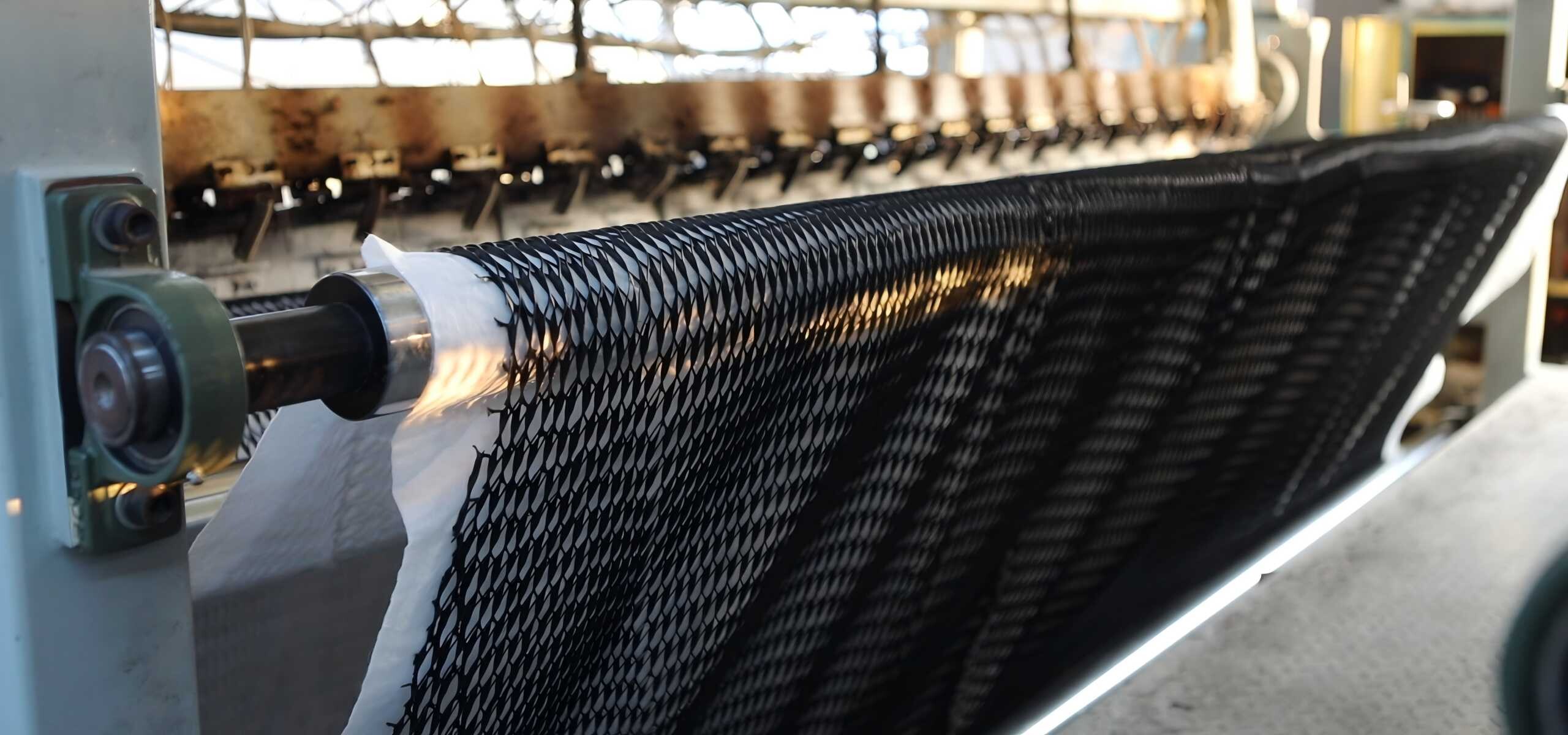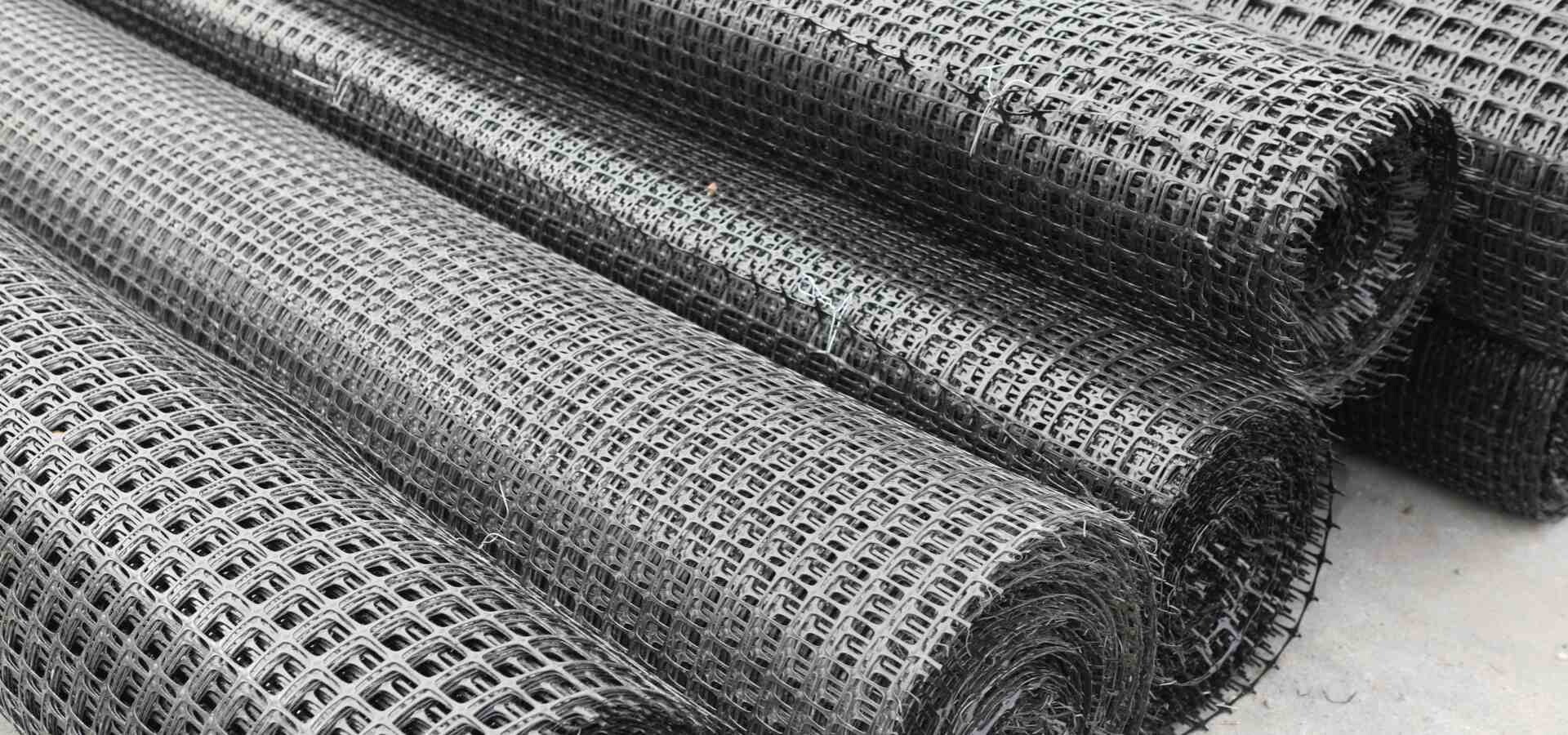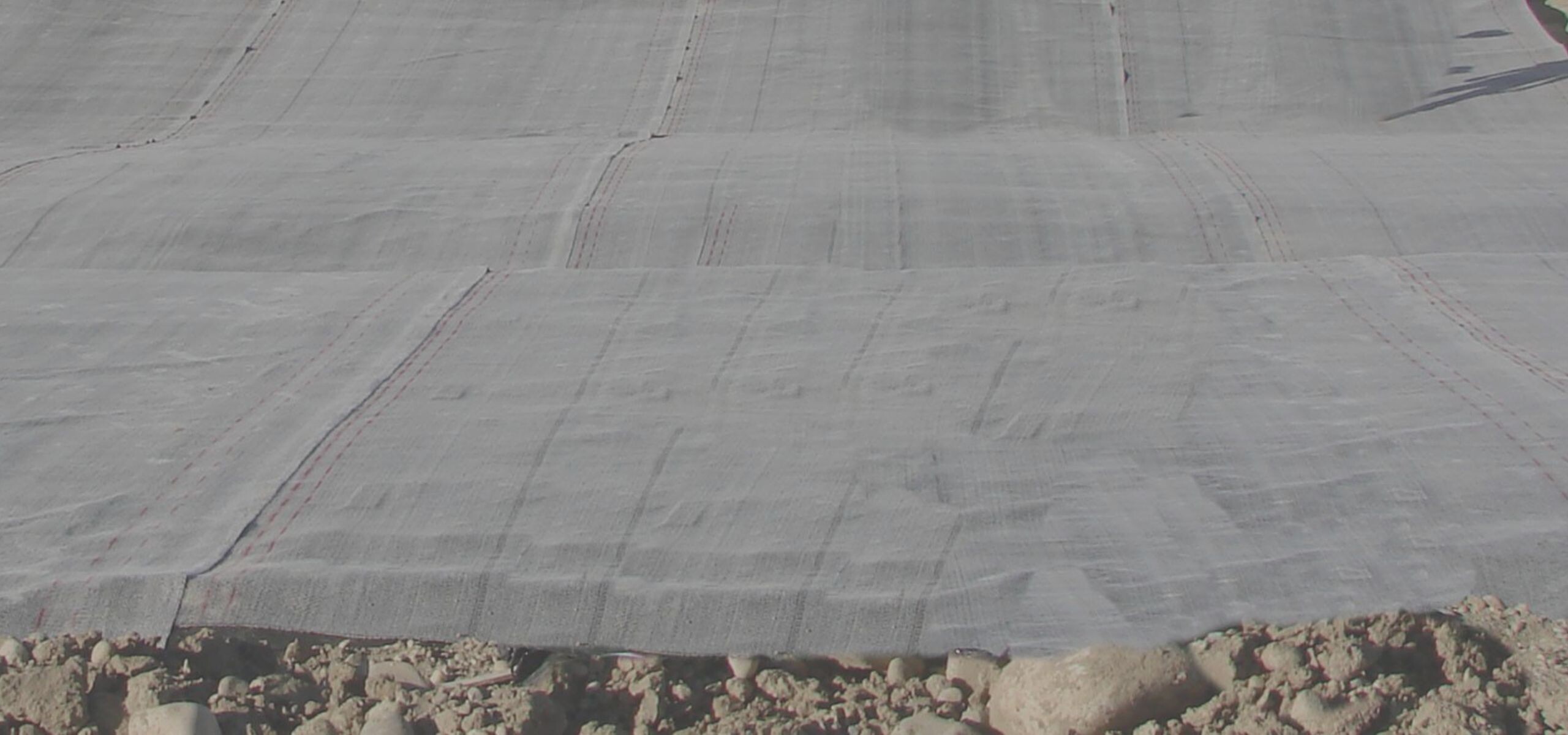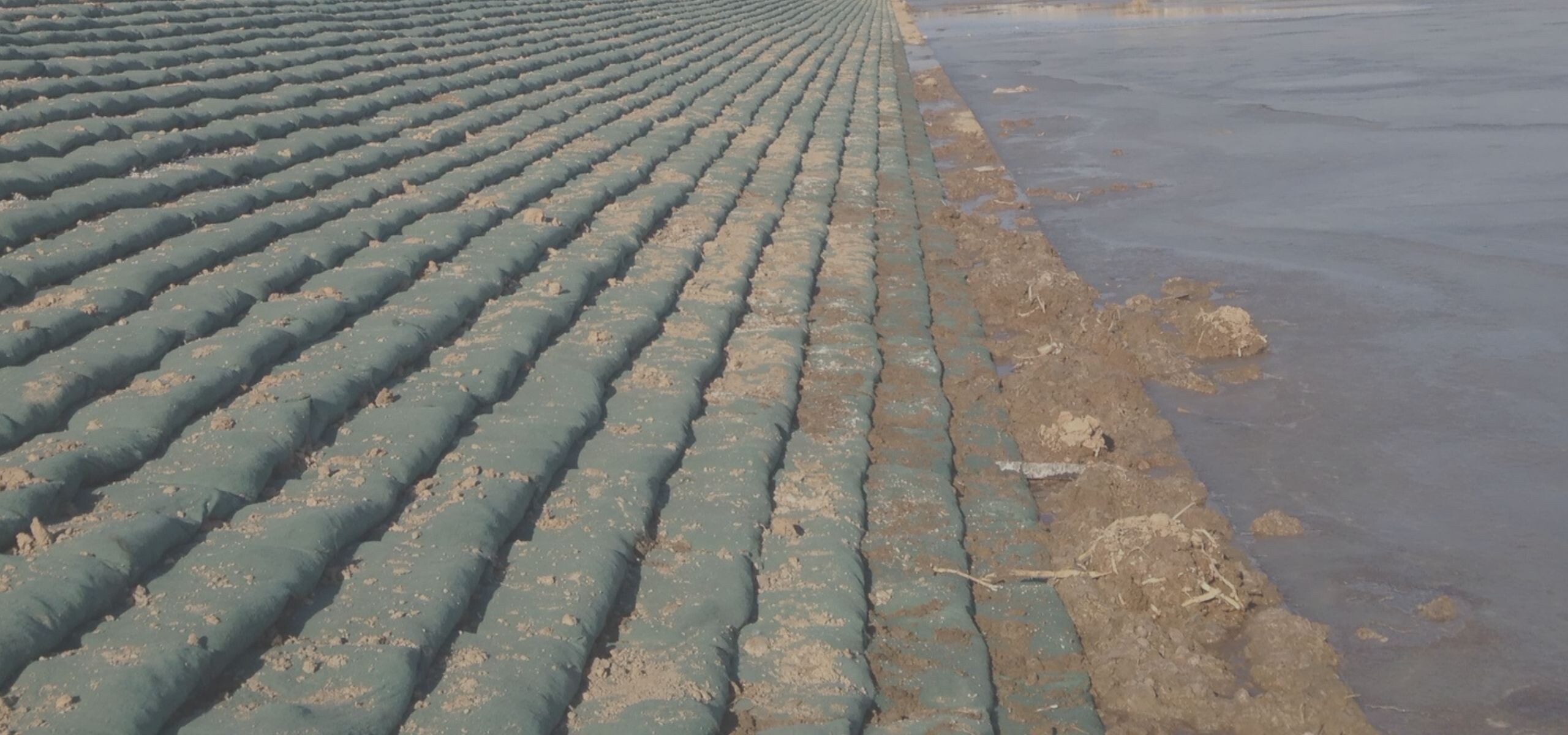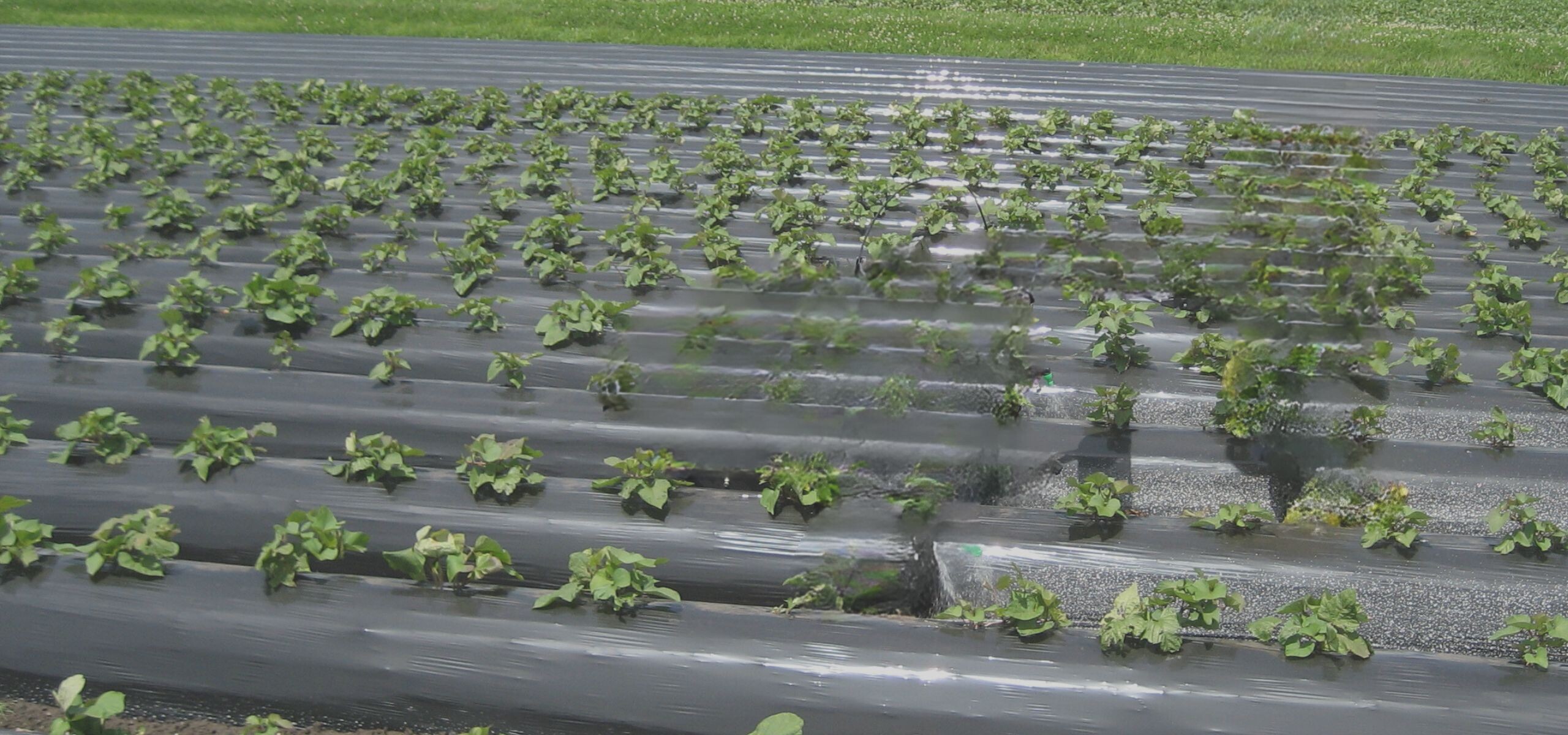These durable geotextiles offer high puncture resistance, effective waterproofing, and flexibility, adapting to diverse conditions and construction needs. With excellent temperature resilience and customizable configurations, they suit water conservancy, transportation, and environmental projects, providing reliable waterproofing and reinforcement solutions.
Composite membrane
Geosynthetic Clay Liner (GCL) with PE Geomembrane is a high-performance, needle-punched composite material designed for environmental reinforcement. It combines two durable geotextile outer layers with a uniform core of natural sodium bentonite clay, creating an effective hydraulic barrier. The fibers from the non-woven geotextile are needle-punched through the bentonite layer and integrated into the adjacent geotextile (either woven or non-woven). When hydrated and subjected to a confining load, the bentonite swells, forming a low-permeability clay barrier that provides hydraulic protection equivalent to several feet of compacted clay.
These membranes offer high compressive strength, corrosion and weather resistance, and superior isolation, ideal for various applications like liquid storage, wastewater treatment, and landfill containment. Made from HDPE, they are customizable in thickness, width, and length for diverse engineering needs, with easy installation and reinforced thermal-welded seams for reliable impermeability and durability.
Geosynthetic Clay Liner (GCL)
An extruded high-density polyethylene (HDPE) drainage core is combined with a non-woven filter fabric that is bonded to the ridges of the geonet. The filter fabric effectively traps soil or sand particles, as well as freshly placed concrete or grout, while allowing filtered water to flow through to irregular surfaces. Due to its crush-resistant properties, geonet drainage composites are ideal for use in demanding applications, including areas subjected to heavy loads or vehicular traffic, both horizontally and vertically.
Drainage geonet
Weed barrier ground cover fabric is a geotextile material designed to suppress weed growth while allowing water, air, and nutrients to penetrate the soil. Made from high-quality polypropylene or polyester, this fabric ensures long-lasting performance in landscaping, agriculture, and horticultural applications. It is widely used to maintain clean, weed-free surfaces, promote healthy soil, and reduce maintenance costs.
Weed Control Fabric
If there is no accurate search result, please contact us and we will respond within 24 hours.



